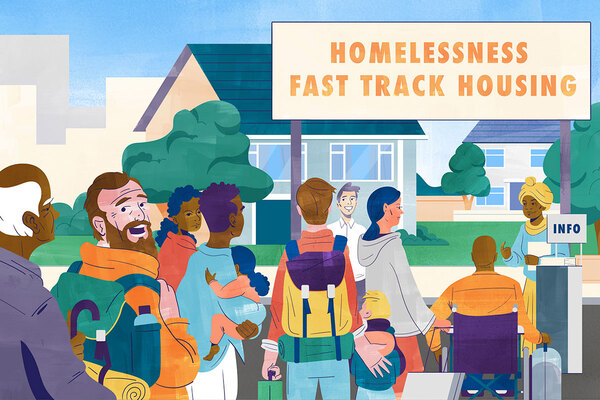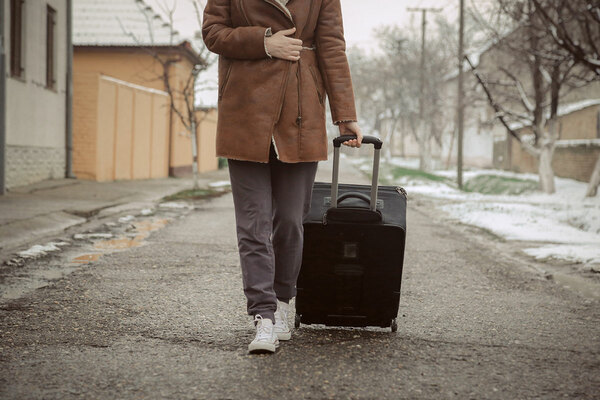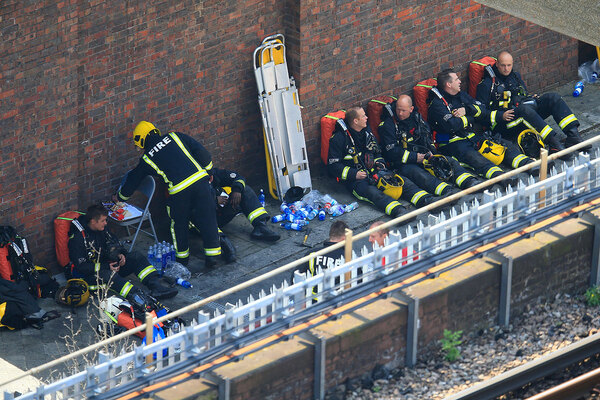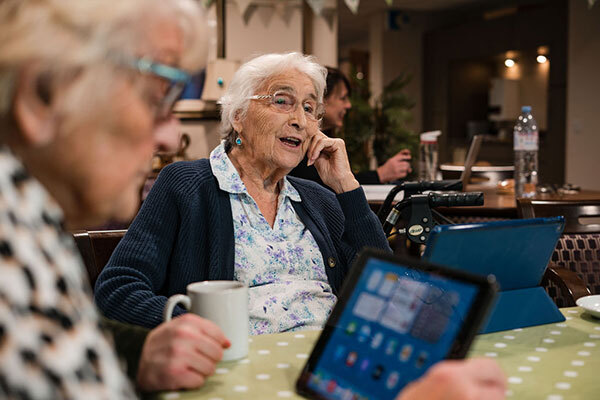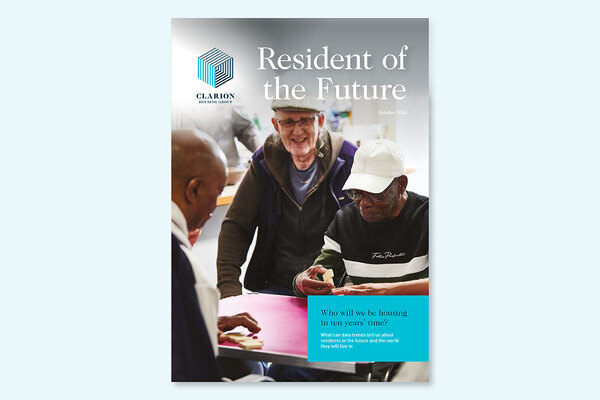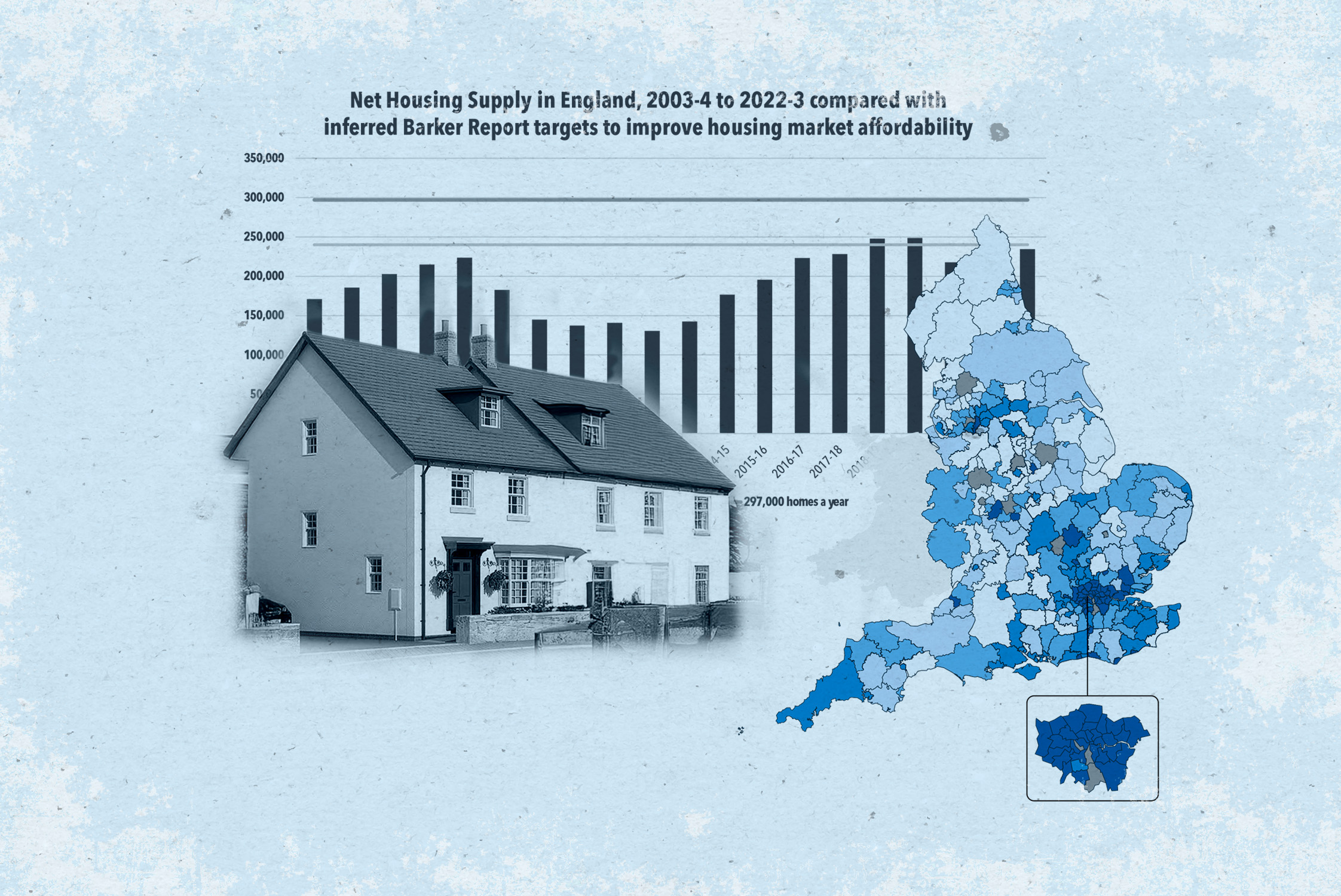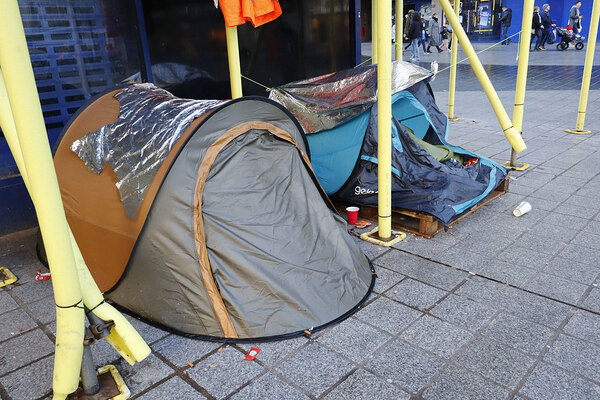You are viewing 1 of your 1 free articles

Fifty years of Crisis at Christmas, but no time to celebrate
As Crisis at Christmas turns 50 years old, Ian Richards considers what has changed and what has stayed the same
Fifty years ago this month, a group of volunteers opened the doors of the Church of St Ann in Westminster and provided food and shelter to hundreds of people who would otherwise have spent Christmas out in the cold on the streets of London.
Half a century later and the world is a very different place, but sadly the need for Crisis at Christmas remains. Homelessness is as pressing a public health issue now as the one those generous volunteers recognised back in 1971.
“We used to literally walk the streets of London, looking for old warehouses and office buildings we could rent out cheaply over Christmas”
I first started volunteering for Crisis during Christmas in 1992, when I was living near Waterloo. Homelessness was all around there, and hundreds of people lived in the space beneath the Bullring roundabout. The huge glass-fronted IMAX cinema sits there now, but back then it was nicknamed ‘Cardboard City’.
Like all of our volunteers, I knew what I saw wasn’t right. How could our society allow people to be left out in the streets, exposed to the cold and at risk of illness, robbery and exploitation?
Back when I first started, we were providing essentials: food, shelter, clothes and bit of entertainment to give our guests some Christmas cheer. We used to literally walk the streets of London, looking for old warehouses and office buildings we could rent out cheaply over Christmas.
Often building showers and kitchens from scratch, we had hundreds of people sleeping in one room and had to get everyone up in the mornings to make way for the food and services – it was no easy feat!
“In recent years, we’ve sadly had to help more young people and women escaping domestic abuse”
I’ve been running Crisis at Christmas for nine years now and it’s always a special moment whenever I see a familiar face, then clock their badge which shows they’re back not as a guest but a volunteer.
As the years have gone on, we’ve seen rates of homelessness rise and fall with different policy approaches, showing it’s not inevitable.
In the early 90s, around 60% of our guests were ex-forces, but thankfully they can get much more support now and very few people from this background come through our doors. In recent years, though, we’ve sadly had to help more young people and women escaping domestic abuse.
Over the years we’ve expanded our services nationwide, providing support through our regional Skylight centres. We’ve also made the support much more holistic: guests are able to see podiatrists, physios and GPs, as well as getting housing advice and taking part in music workshops.
We treat our guests as people, not homeless people.
In London, we moved our accommodation into schools which let us use their premises over the Christmas holidays. We were able to create dedicated activity and sleeping areas, getting down to 10 to a room, rather than 100.
But last year, the coronavirus pandemic changed everything.
The risk of the virus meant we had to switch to self-contained accommodation, so we booked out a number of hotels for people who would otherwise be rough sleeping to self-isolate. The impact was massive. As well as the dignity of their own room and bathroom, guests had the guarantee of a lock on their door and a good night’s sleep.
As a result, they felt more at ease and more open to accessing support. That’s why we’ve made it a permanent change and will again be providing hotel accommodation to people who would otherwise be sleeping rough in London this year.
A lot has changed in the past five decades, but the reality of being homelessness and rough sleeping has not: the cold, insecurity, stigma, abuse, illness and pain.
So we of course cannot celebrate our 50th year. Instead, we honour the generosity and spirit of those first Crisis at Christmas volunteers and the thousands who have followed them, helping to make an immeasurable difference to guests over the years.
Ian Richards, head of Crisis at Christmas
Sign up for our homelessness bulletin
Already have an account? Click here to manage your newsletters



